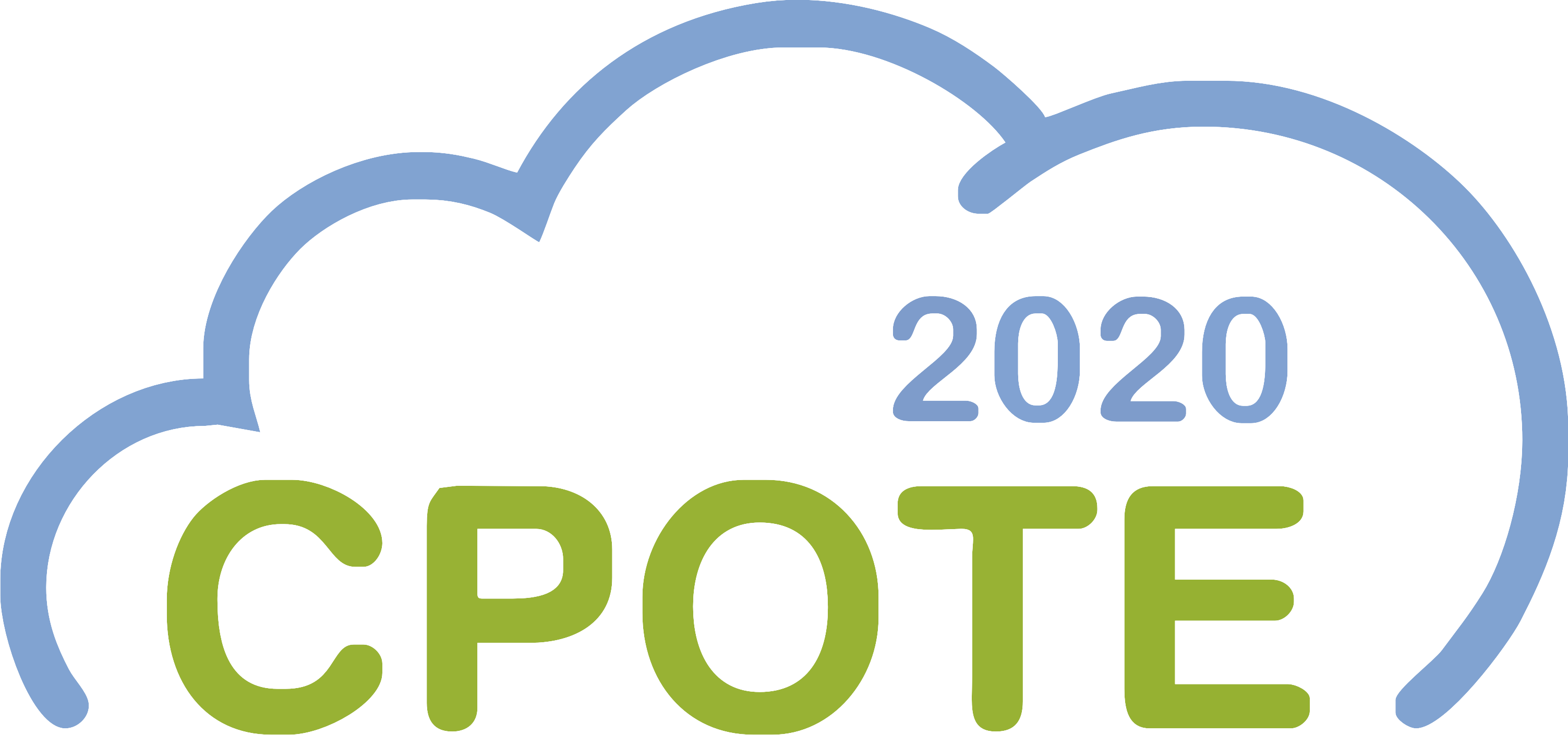
CPOTE2020
6th International Conference on
Contemporary Problems of Thermal Engineering
Online | 21-24 September 2020
6th International Conference on
Contemporary Problems of Thermal Engineering
Online | 21-24 September 2020
Abstract CPOTE2020-1244-A
Book of abstracts draft












Exergoeconomic comparison and selection of a cost-effective technology to improve the energy efficiency of a sugar mill cogeneration system
Eunice DOGBE, Stellenbosch University, South AfricaMohsen MANDEGARI, Stellenbosch University, South Africa
Johann F. GÖRGENS, Stellenbosch University, South Africa
The cogeneration systems of traditional sugar mills are energy inefficient due to the initial design to get rid of surplus bagasse, the disposal of which was a challenge. Recently, bagasse has gained research interest as a cheap raw material in the emerging bioeconomy. Therefore, sugar mill cogeneration systems need to be operated more efficiently to make bagasse available for valorisation in biorefineries rather than burn it inefficiently for energy. The high cost of replacement with more energy-efficient technologies versus the minimal improvement obtained from affordable retrofits presents a trade-off that needs to be explored further. This work presents the exergy and exergoeconomic analyses of an existing low-efficiency medium-pressure cogeneration system (scenario A), an organic Rankine cycle (ORC) retrofit to the existing system (scenario B), a replacement high-pressure cogeneration system that produces extra electricity (scenario C) and a replacement high-pressure cogeneration system with a let-down valve (scenario D), to determine these trade-offs and decide on the most cost-effective way to improve energy efficiency in a sugar mill cogeneration system. The analyses are based on Aspen Plus simulations of the systems. All three improvement technologies enhanced the exergy efficiency of the base cogeneration system (21.36 %). Scenario C has the highest exergy efficiency of 23.92 % followed by scenarios B and D with 22.07 and 21.36 %, respectively. Scenario B reduced the cost per unit exergy of product from 14.79 to 14.56 US$/GJ, while scenarios C and D increased it to 19.19 and 21.83 US$/GJ, respectively. Holistically, scenario D showed the most cost-effectiveness with exergoeconomic factor of 0.386, even though it still requires optimization to further reduce its irreversibility. This paper insight for decision-making on the implementation of energy efficiency improvement measures in sugar mill cogeneration systems that can be applied in other process plants.
Keywords: Cogeneration systems, Organic Rankine cycle (ORC), Exergy efficiency improvement, Sugar mill, Exergoeconomic analysis
Acknowledgment: The authors gratefully acknowledge the financial support granted by “Sugarcane Technology Enabling Programme for Bioenergy (STEP-Bio)”, a public-private partnership between the South African Sugarcane processing industry and the Department of Science and Technology’s Sector Innovation Fund through the Sugar Milling Research Institute NPC (SMRI), and Aspen Technology Inc. for providing the academic licences for Aspen Plus® used in this study.